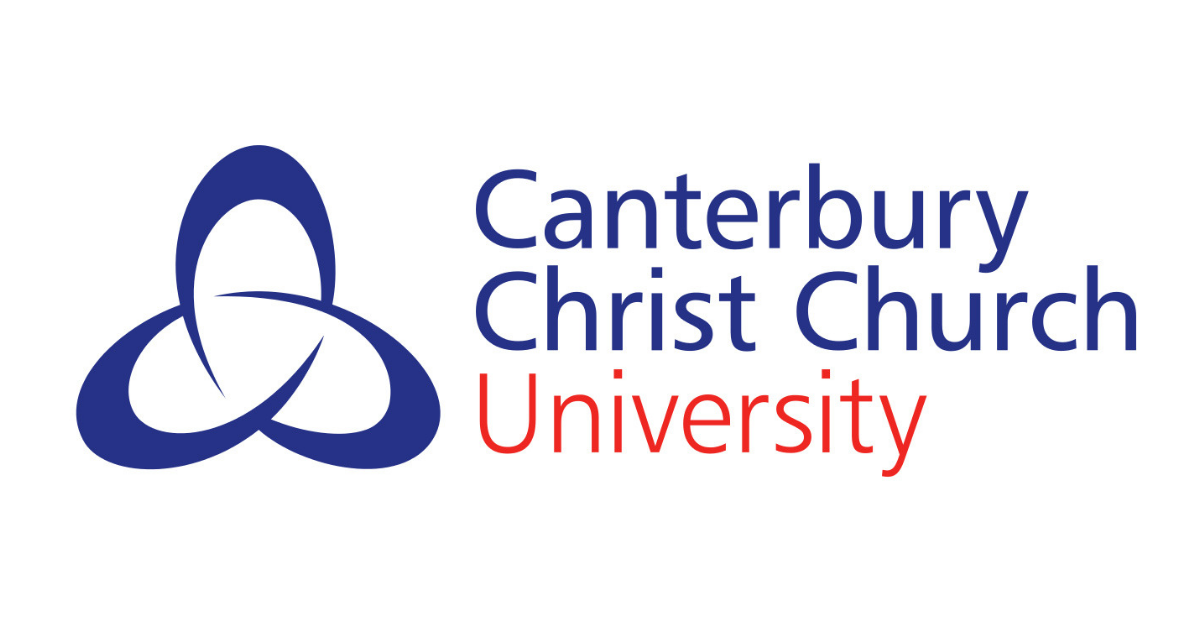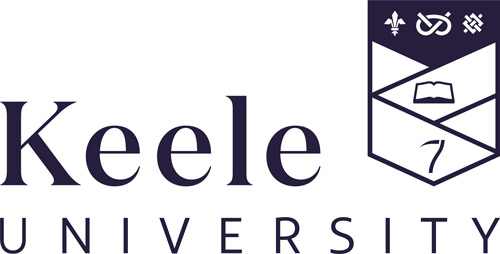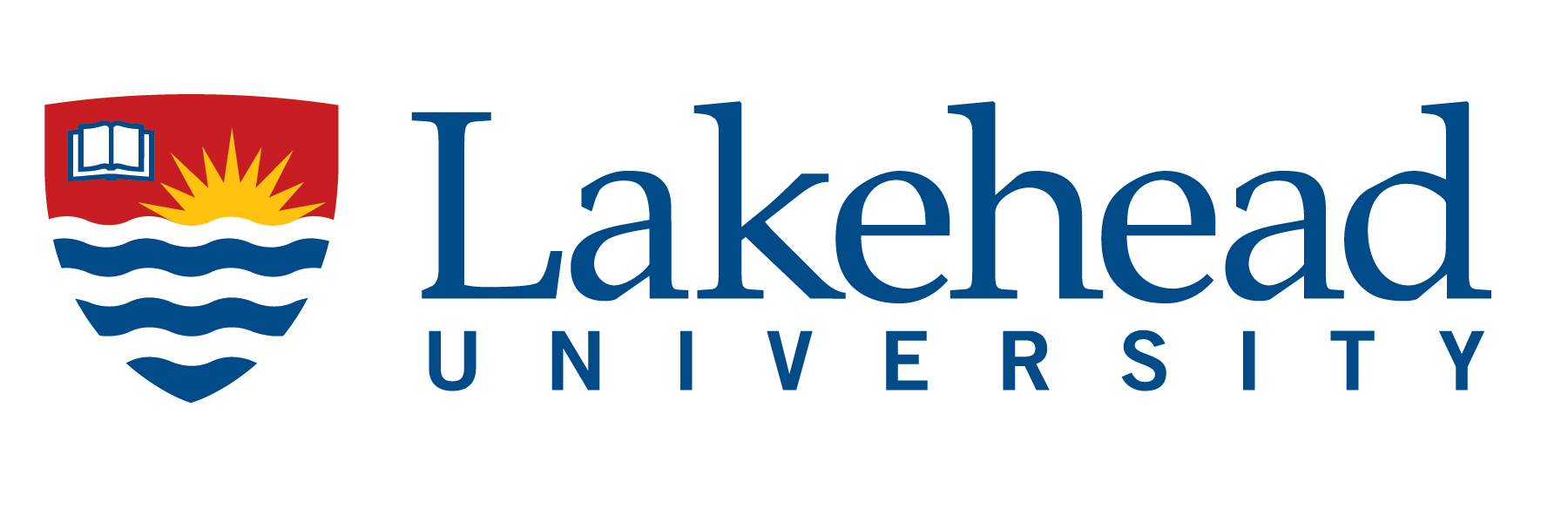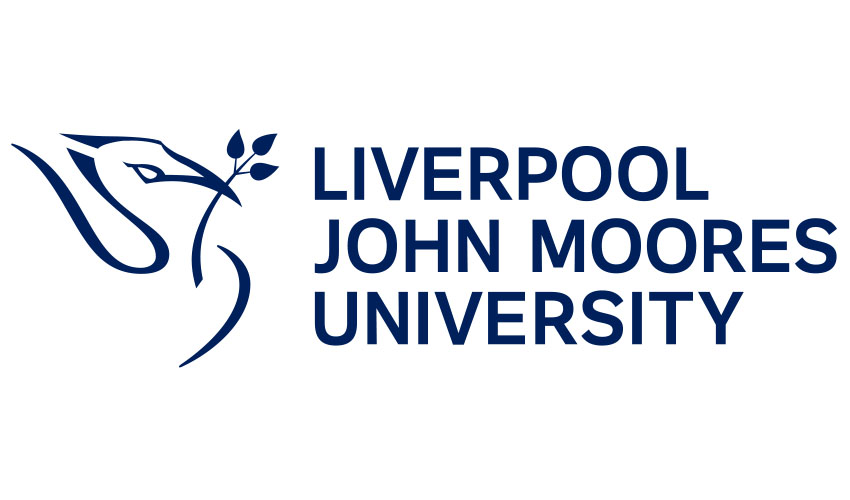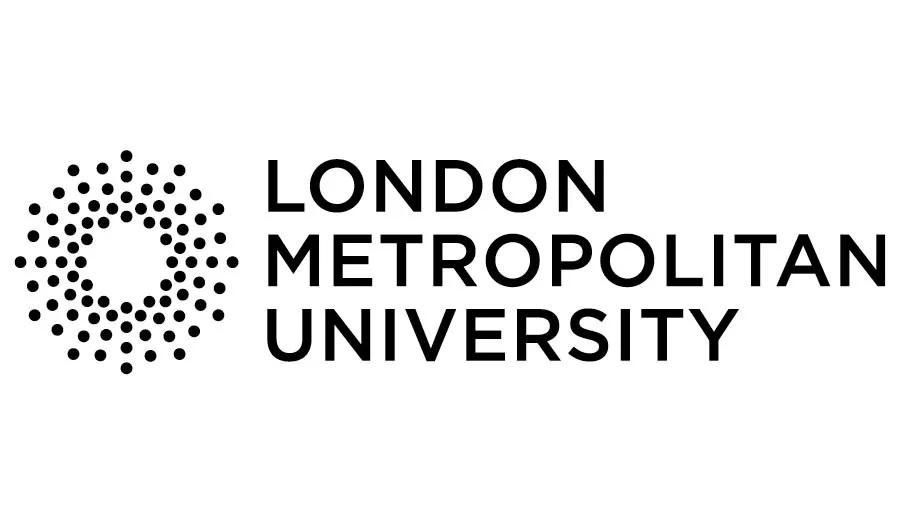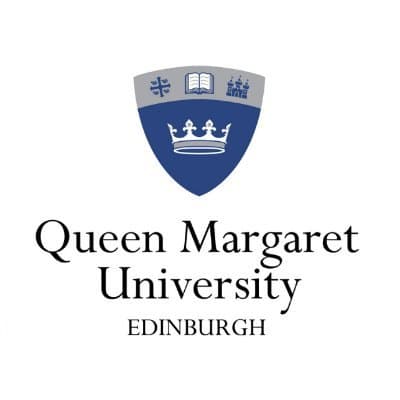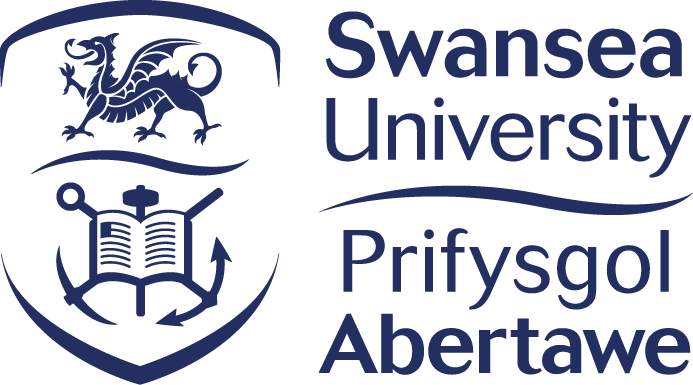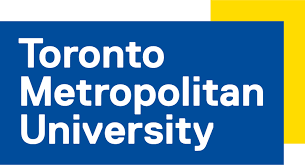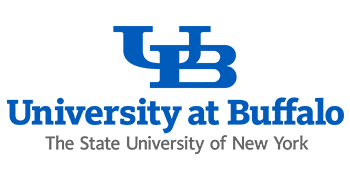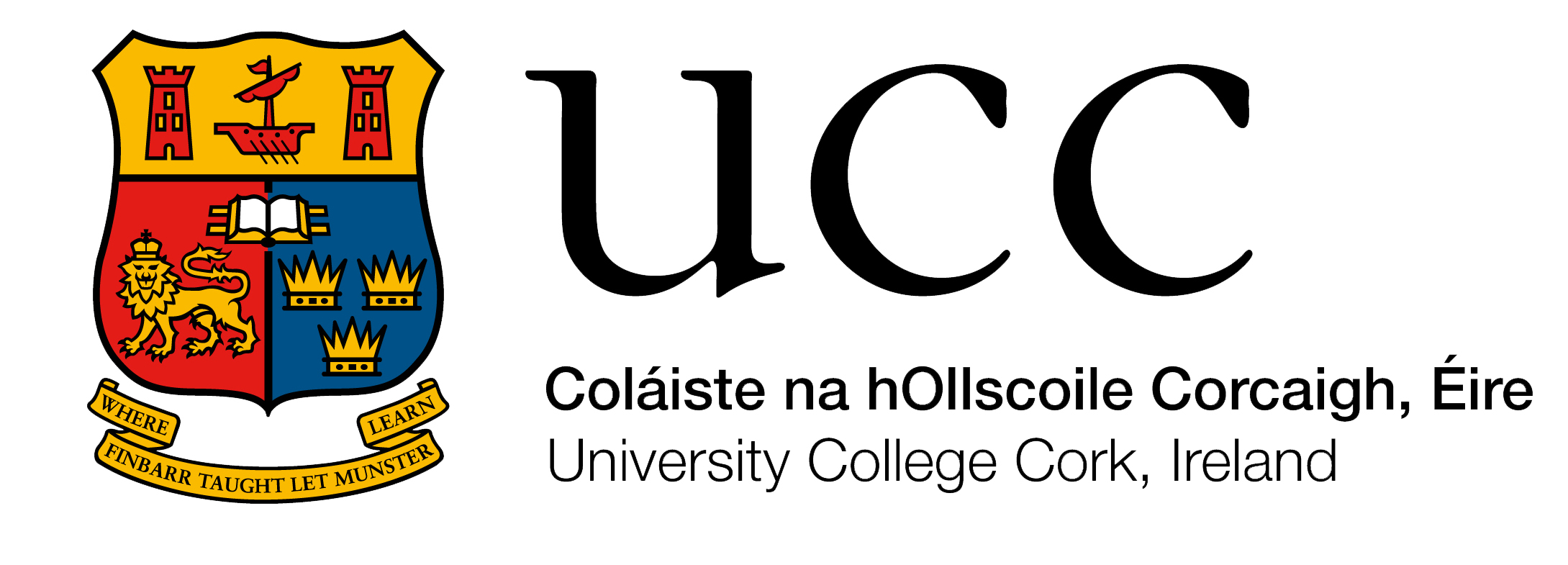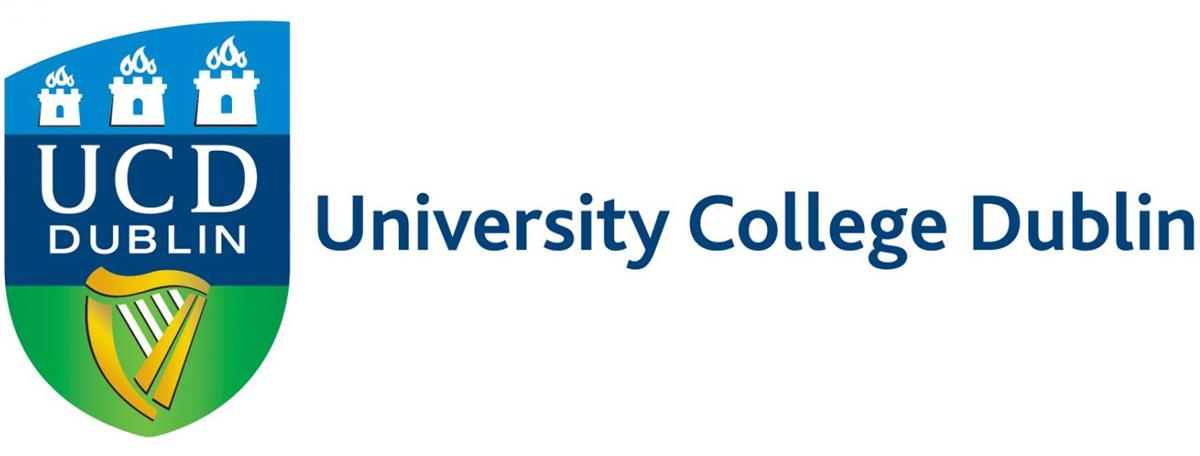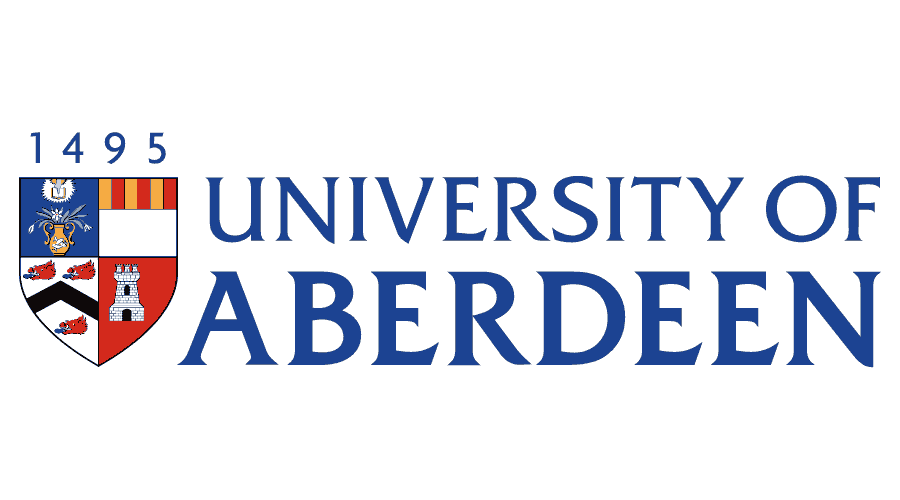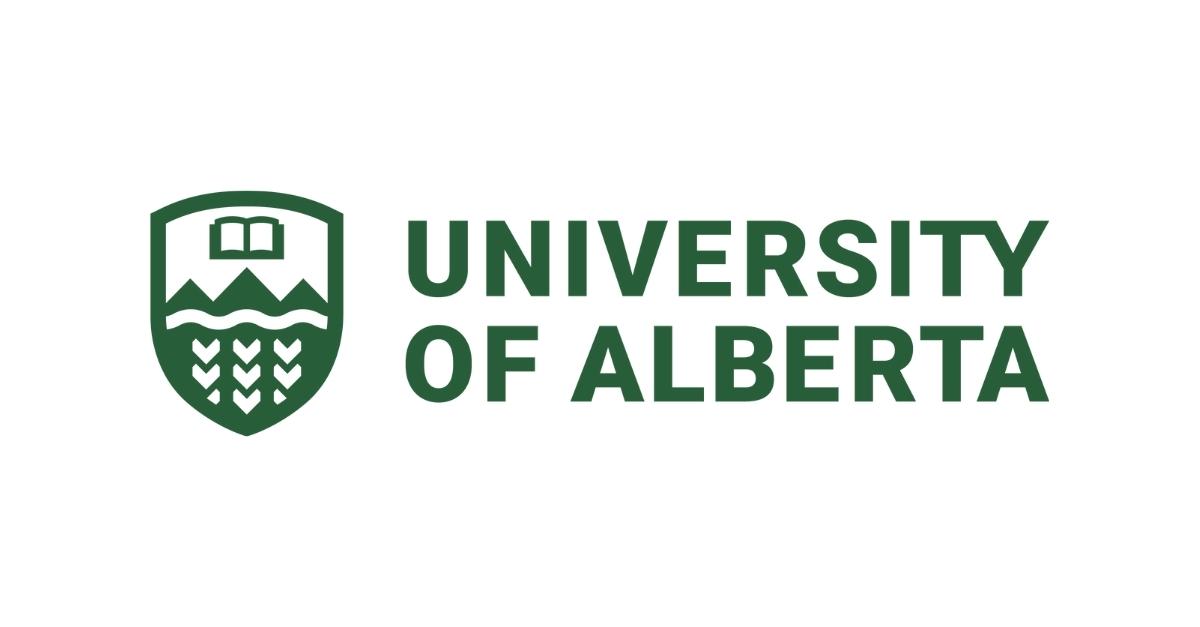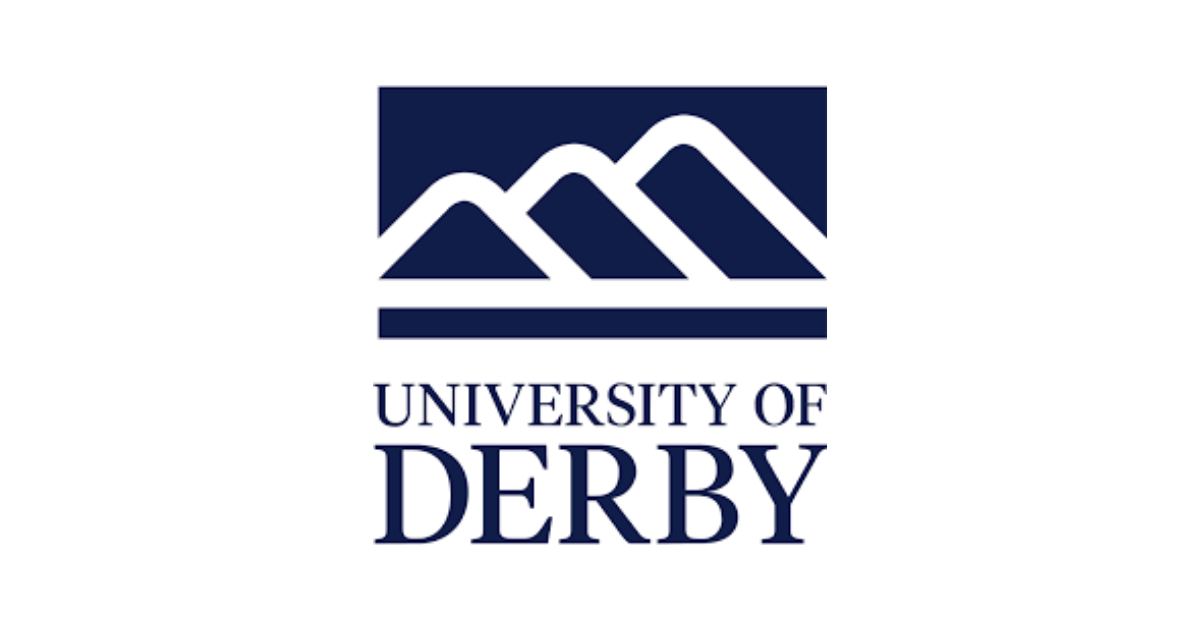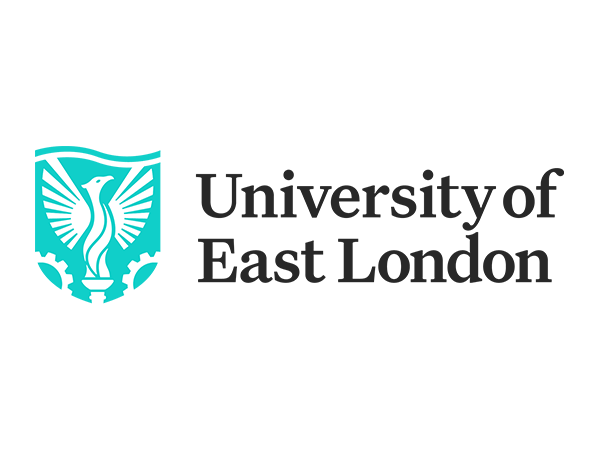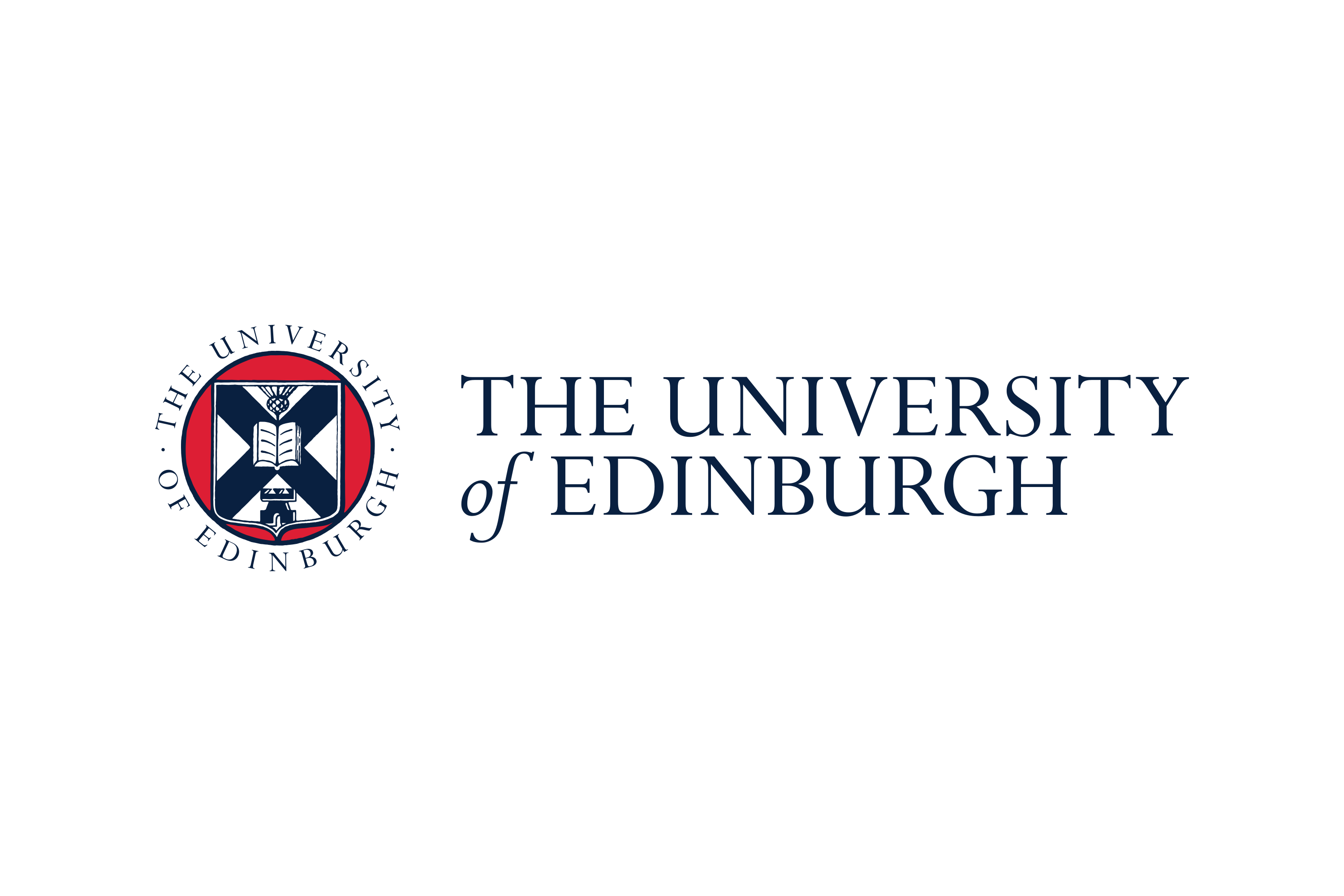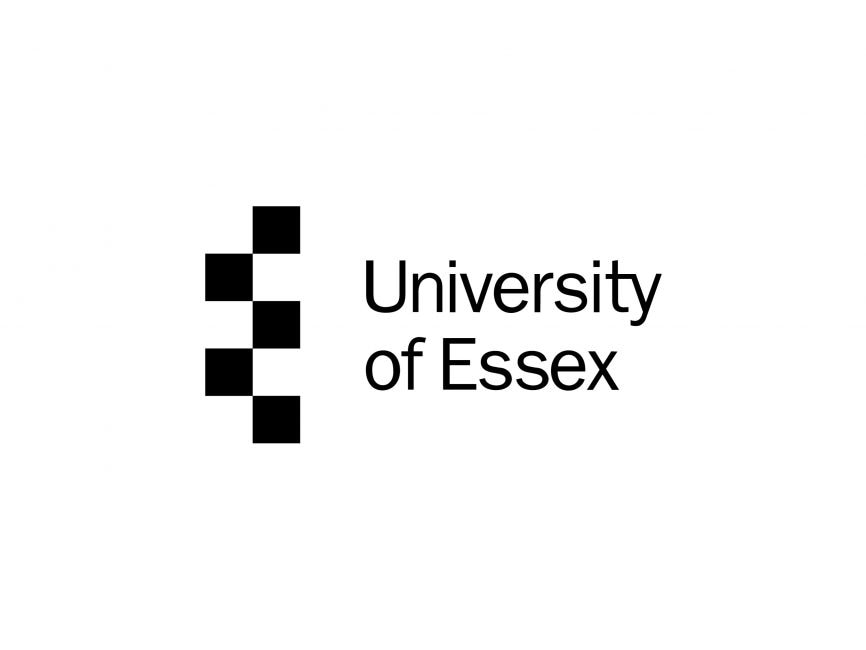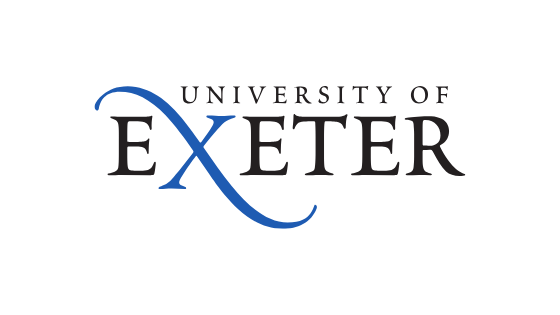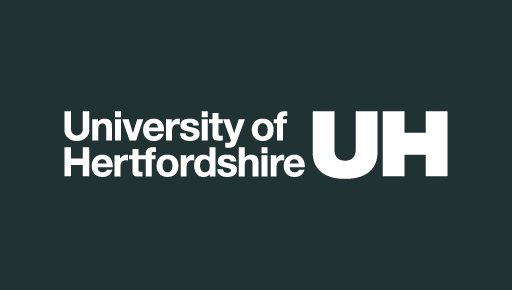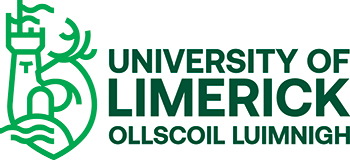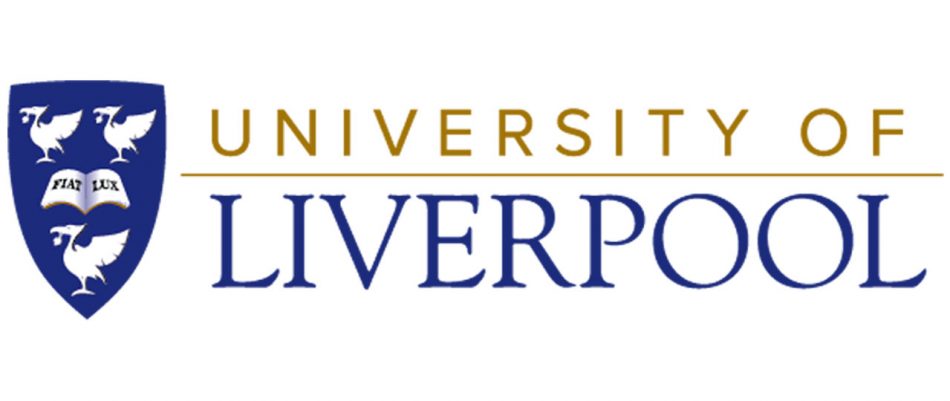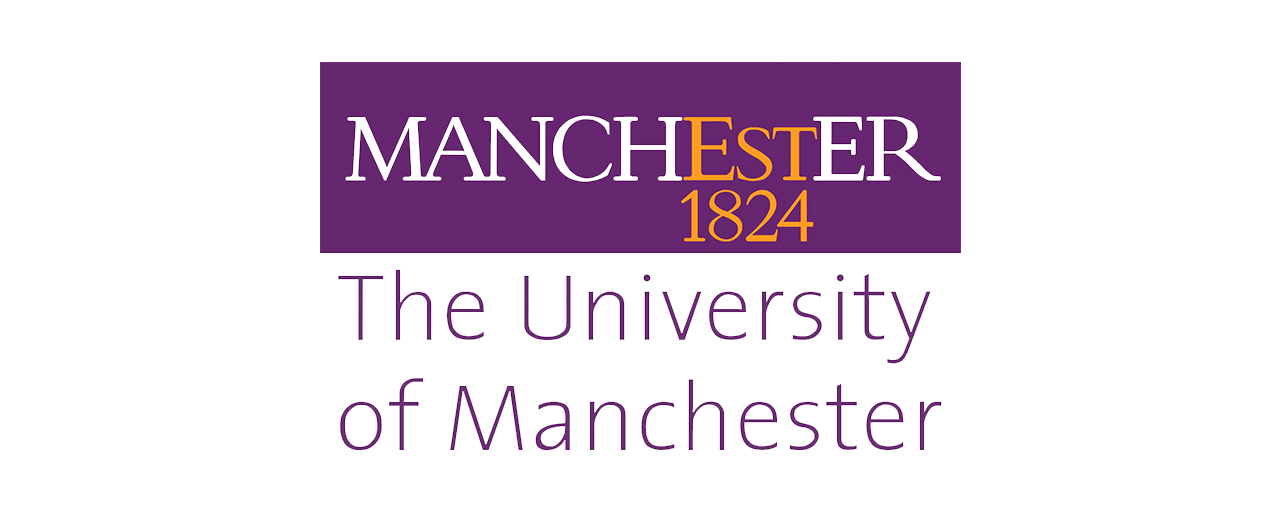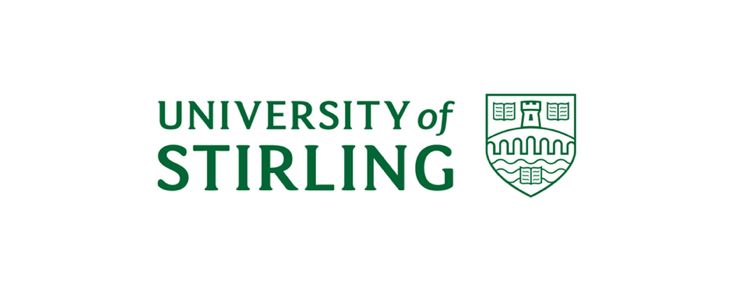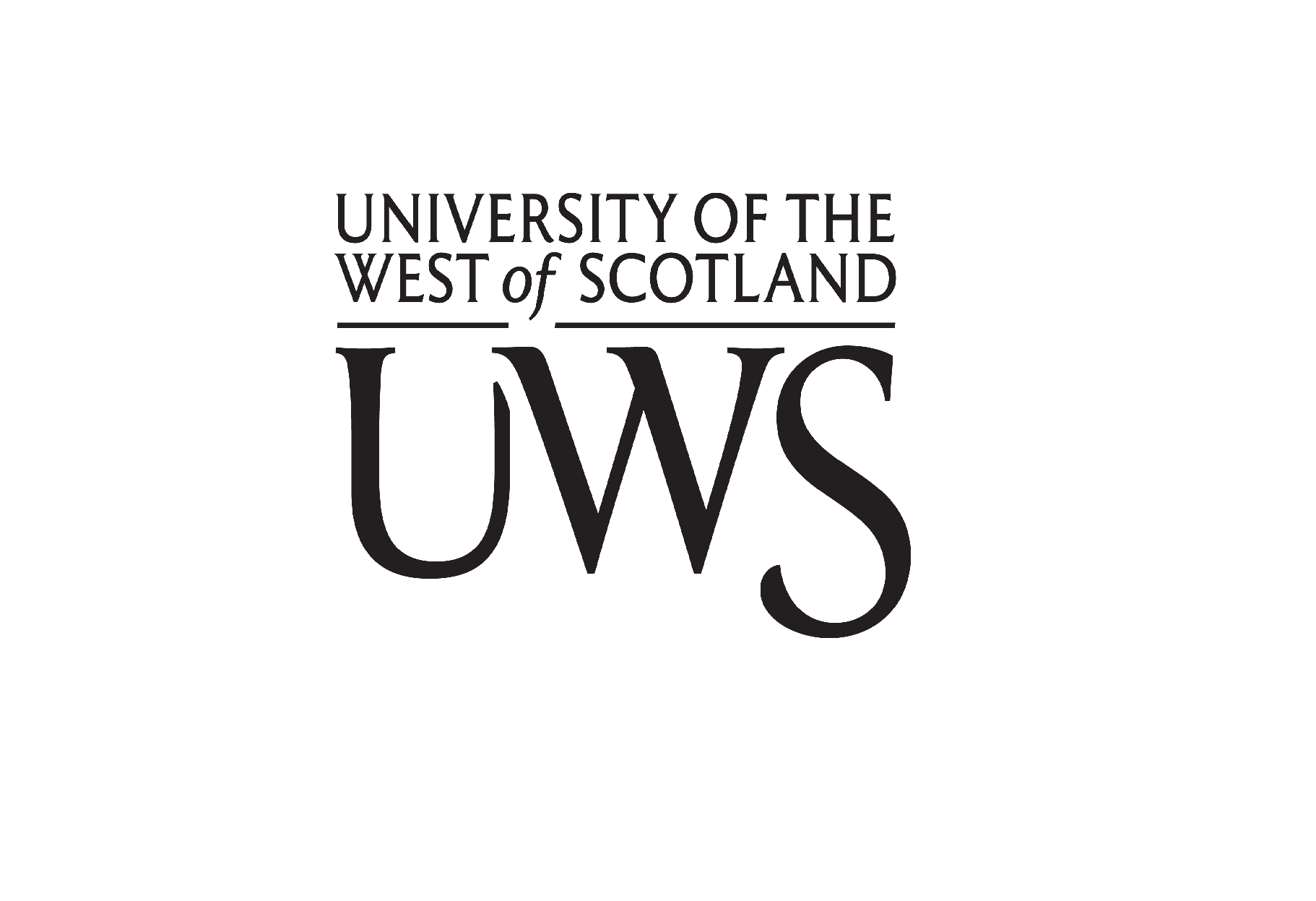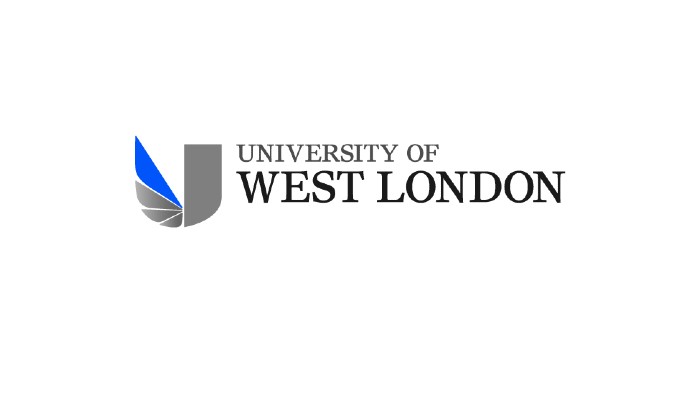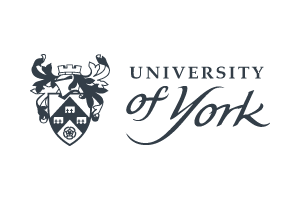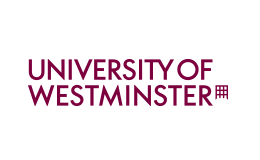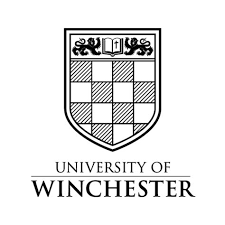Study Public Health Abroad: A Gateway to Global Health Impact
Public Health is more than a field of study—it's a mission to improve lives on a massive scale. For Indian students dreaming of making a difference in healthcare, studying Public Health abroad offers unparalleled opportunities to gain world-class knowledge, innovative skills, and international exposure. Whether you're passionate about tackling epidemics, promoting wellness, or addressing health disparities, this course equips you to become a leader in global health.
In today's interconnected world, public health challenges like pandemics, climate-related diseases, and urban health issues transcend borders. India, with its diverse population and evolving healthcare needs, stands to benefit immensely from professionals trained in advanced public health practices. By studying abroad, you'll access cutting-edge research, diverse perspectives, and networks that can transform your career. This page explores everything you need to know about pursuing a Public Health degree overseas, tailored for ambitious Indian students.
What is Public Health?
Public Health focuses on preventing diseases, promoting healthy behaviors, and ensuring access to quality healthcare for entire populations rather than individual patients. Unlike clinical medicine, which treats illnesses one-on-one, public health operates at a community, national, and global level. It combines science, policy, and social strategies to address root causes of health problems.
Key Pillars of Public Health:
- Epidemiology: Studying patterns, causes, and effects of health conditions in populations.
- Biostatistics: Using data analysis to inform health decisions and policies.
- Health Policy and Management: Developing systems to deliver efficient, equitable healthcare.
- Environmental Health: Protecting communities from environmental hazards like pollution and contaminated water.
- Social and Behavioral Sciences: Understanding how culture, behavior, and socioeconomics influence health.
For Indian students, this field is especially relevant. With India's rapid urbanization and challenges like non-communicable diseases (e.g., diabetes and heart conditions), public health expertise can drive initiatives like the National Health Mission or Ayushman Bharat.
Why Study Public Health Abroad as an Indian Student?
Studying Public Health internationally exposes you to global best practices that you can adapt to India's context. Imagine learning from experts who managed the COVID-19 response in real-time or designing vaccination programs for diverse populations. Abroad, you'll encounter multicultural classrooms, state-of-the-art labs, and fieldwork in varied settings—experiences that enhance your resume and global employability.
Top Benefits for Indian Students:
- Advanced Curriculum: International programs emphasize evidence-based learning, research methodologies, and interdisciplinary approaches not always available in local Indian universities.
- Global Networking: Connect with peers and professors from around the world, opening doors to collaborations with organizations like WHO or UNICEF.
- Practical Exposure: Many programs include internships, community projects, and study abroad exchanges, giving hands-on experience in real-world health scenarios.
- Cultural Adaptability: Living abroad builds resilience and cross-cultural skills, vital for addressing India's multicultural health needs.
- Higher Earning Potential: Graduates from top foreign universities often secure roles with international NGOs, governments, or corporations, with salaries 20-50% higher than domestic averages.
Moreover, post-study work visas in countries like Canada, Australia, and the UK allow you to gain professional experience before returning to India or pursuing global opportunities.
Top Destinations and Universities for Public Health
Choosing the right destination depends on your goals, budget, and preferred climate. Popular countries for Indian students offer English-taught programs, strong support for internationals, and robust public health sectors. Here's a quick overview:
| Country | Top Universities | Average Tuition (INR per year) | Why Choose This? |
|---|---|---|---|
| USA | Johns Hopkins University, Harvard T.H. Chan School of Public Health, Columbia University | 20-40 lakhs | World-leading research in epidemiology and policy; vast alumni network in global health. |
| UK | London School of Hygiene & Tropical Medicine (LSHTM), University of Oxford, Imperial College London | 15-25 lakhs | Focus on tropical diseases relevant to India; shorter program durations (1-year Master's). |
| Canada | University of Toronto, McGill University, University of British Columbia | 12-20 lakhs | Affordable living; post-graduation work permits up to 3 years; emphasis on indigenous and immigrant health. |
| Australia | University of Melbourne, University of Sydney, Monash University | 18-30 lakhs | Strong focus on environmental health; high quality of life and Indian student communities. |
| Netherlands | Maastricht University, Erasmus University Rotterdam | 10-15 lakhs | Innovative, problem-based learning; EU funding options and proximity to global health hubs. |
These destinations welcome thousands of Indian students annually, with scholarships covering up to 50% of costs. Visa success rates are high for Public Health programs due to their societal impact.
Core Curriculum and Specializations in Public Health
A typical Public Health program, whether Bachelor's, Master's (MPH), or PhD, spans 1-4 years and blends theory with application. Core courses build foundational knowledge, while electives allow specialization.
Essential Core Courses:
- Principles of Epidemiology: Learn to track disease outbreaks using tools like GIS mapping.
- Biostatistics and Data Analysis: Master software like R and SPSS for health data interpretation.
- Health Promotion and Education: Design campaigns to encourage behaviors like vaccination or nutrition.
- Global Health Ethics and Policy: Explore frameworks for equitable resource allocation in low-resource settings, akin to India's challenges.
- Public Health Practice: Capstone projects involving fieldwork, such as community health assessments.
Popular Specializations:
- Infectious Disease Control: Ideal for those interested in pandemics, drawing from India's experiences with tuberculosis and COVID-19.
- Maternal and Child Health: Focus on nutrition and immunization, critical for India's demographic dividend.
- Health Informatics: Using AI and big data for predictive healthcare— a booming field in India.
- Environmental and Occupational Health: Addressing pollution in cities like Delhi or Mumbai.
Programs often include a thesis or internship, allowing you to research topics like urban health in India or climate impacts on agriculture-dependent communities.
Skills You'll Acquire Studying Public Health Abroad
Beyond academics, Public Health programs hone transferable skills that employers value highly.
- Analytical Thinking: Interpreting complex data to solve health puzzles.
- Leadership and Communication: Advocating for policy changes in diverse teams.
- Research Proficiency: Conducting surveys, ethical studies, and publishing findings.
- Cultural Competence: Navigating health beliefs across cultures, useful for India's pluralism.
- Project Management: Coordinating large-scale interventions like vaccination drives.
These skills prepare you for dynamic roles where you can innovate solutions tailored to global and local needs.
Career Opportunities After Graduation
A Public Health degree opens doors to rewarding careers with purpose and stability. In India, demand is surging due to government initiatives and private sector growth. Globally, organizations seek diverse talent to address SDGs (Sustainable Development Goals).
High-Demand Roles:
- Epidemiologist: Track and prevent outbreaks; salary in India: ₹8-15 lakhs/year; abroad: $70,000+.
- Health Policy Analyst: Shape national programs; opportunities at NITI Aayog or WHO.
- Public Health Manager: Lead NGOs like PATH or Gates Foundation projects in India.
- Global Health Consultant: Work with McKinsey or Deloitte on health strategies.
- Research Scientist: At ICMR (Indian Council of Medical Research) or international labs.
Many graduates return to India for roles in corporate wellness (e.g., Tata Consultancy Services' health vertical) or startups focusing on telemedicine. With experience, you could lead public-private partnerships, earning leadership positions in ministries or international bodies.
Scholarships and Financial Support for Indian Students
Funding your dream shouldn't be a barrier. Numerous scholarships target Indian students in Public Health, recognizing its global importance.
Key Options:
- Fulbright-Nehru Master's Fellowships (USA): Covers tuition, travel, and living for outstanding candidates.
- Chevening Scholarships (UK): Full funding for MPH programs at top schools like LSHTM.
- Endeavour Scholarships (Australia): Up to AUD 272,500 for postgraduate studies.
- Vanier Canada Graduate Scholarships: CAD 50,000/year for research-focused Public Health.
- Indian Government Schemes: ICCR (Indian Council for Cultural Relations) offers 100% scholarships for select countries.
University-specific aid, like Harvard's need-based grants, can reduce costs further. Start by checking eligibility—GPA above 3.0/4.0, relevant experience, and strong SOPs are key.
How to Get Started: Your Application Roadmap
Embarking on this journey is straightforward with planning. Follow these steps:
- Research Programs: Use platforms like Studyportals or university websites to shortlist 5-10 options based on rankings (e.g., QS World University Rankings for Public Health).
- Prepare Documents: Gather transcripts, IELTS/TOEFL scores (aim for 6.5+), letters of recommendation, and a personal statement highlighting your passion for health equity in India.
- Apply for Scholarships: Deadlines often precede program apps—apply 6-12 months in advance.
- Secure Visa: Student visas require proof of funds and acceptance letters; success rates exceed 80% for genuine applicants.
- Plan Finances: Budget for tuition, living (₹10-15 lakhs/year), and travel. Part-time jobs (20 hours/week) are allowed in most countries.
- Connect with Alumni: Join Indian student forums on LinkedIn or Reddit for tips from Public Health grads.
With dedication, studying Public Health abroad can propel you toward a career that saves lives and shapes policies. Take the first step today—your future in global health awaits!











